One of the most common problems during the height of thecanning season is the incidence of jar breakage. I feel bad that many work sohard to grow or pay for ingredients only to find them floating in the waterwhen they take the lid off the canner. Here are several reasons that canning jars will break.
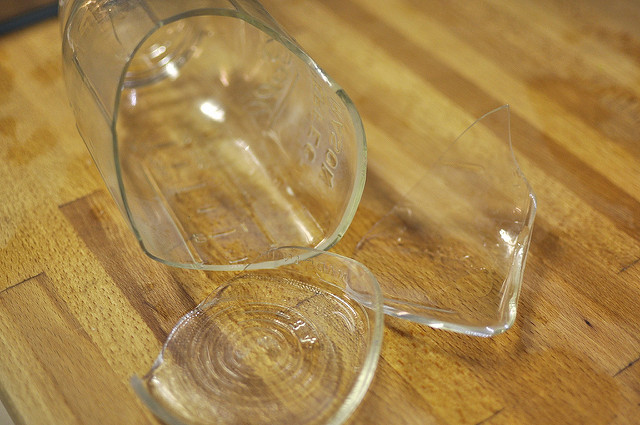
There are occasionallydefective jars in a new box. Manufacturing isn’t always perfect and sometimesthere will be a bad batch but for Ball/Kerr made here in America it’s cyclicaland usually winds up being in one region of the country. There are other makersof canning jars such as Mainstay and even Better Homes and Garden which until last year were being sold at Walmart. Mainstay jars, made in China, have had the most issues oflate, but as I said a defective new jar can happen once and awhile and really no manufacturersare free of breakage issues.
Using Commercial jars for canning; Reusing or recyclingpasta, mayonnaise, jelly, baby food or any commercial jars are highly susceptibleto breakage. These jars should NOT be used unless the Ball two piece lid/ring fits on them and should only be used for water bath canning. They are not stored the same way as canning jars and are not protected in the stores against clinking and knocking into other jars. Note: Prego Pasta Sauce jars should not ever be used since they put a plastic coating on the jars and the manufacturer has stated not to reuse for canning.
Another reason may be the home canner using a metal knife to remove the bubblesin the jars. You can scratch the glass and over time create stress fracturesthat eventually will cause the jar to break. Some of those breaks look like the bottom of the jar just falling out in a perfect circle.
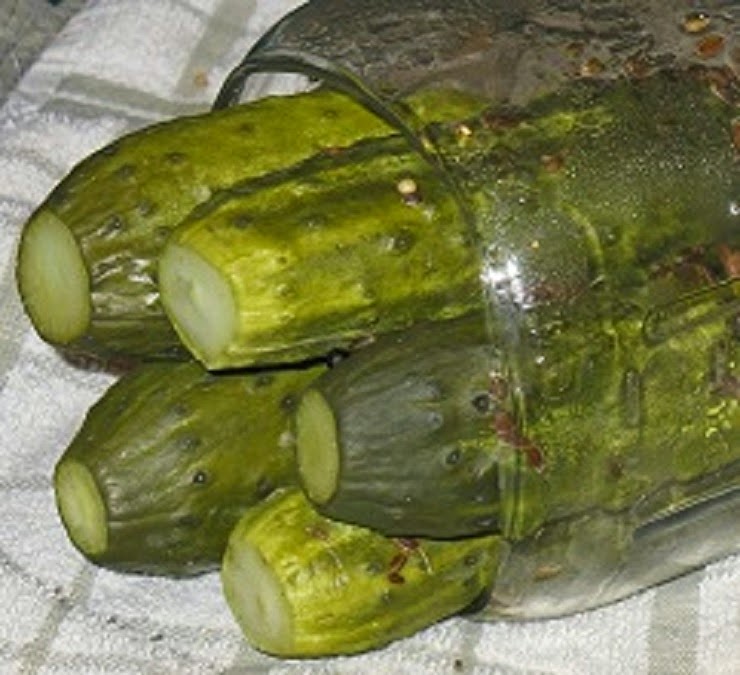
Toss that butter knifeaside and use a either a small rubber spatula, Bubble and Headspace measurer (shown below) or find a great set ofchopsticks since they get through some of those tight spaces.
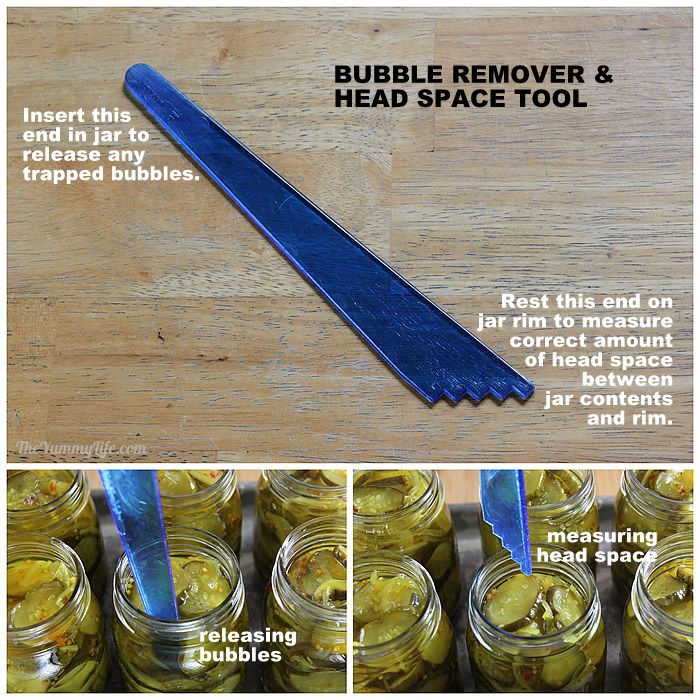
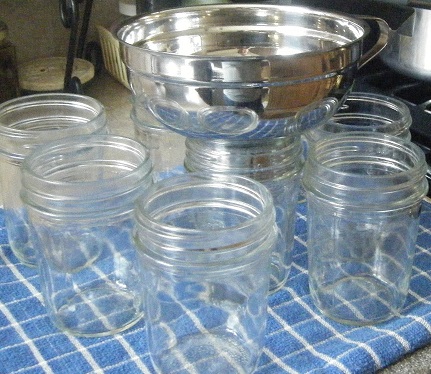
One of the more common factors is the change intemperature for the glass. We heat the jars either by water bath canner or dishwasher to introduce “hot jars” into the hotwater of the canner. As they cool during filling, the change in temperaturewhen adding the jars back to the water bath can cause breakage. To help avoidexcessive cooling make sure that you use a dishtowel on your counter to keep abarrier between the cold surface and the hot glass.
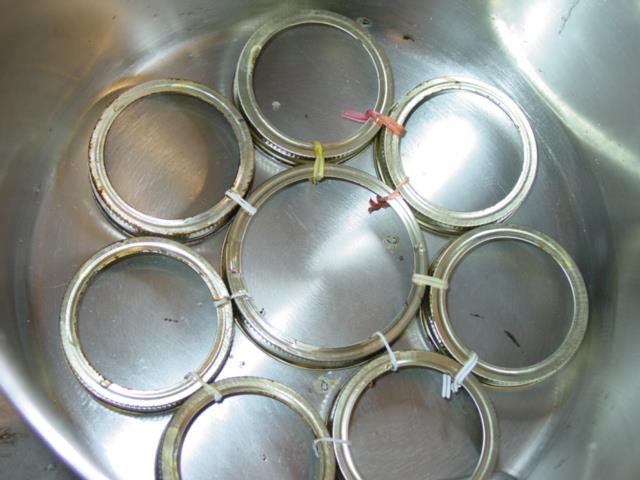
Make sure there is a rack on the bottom of the canning pot because the heat, directly on thejar, causes breakage. This is not as common but it does happen when we arenot paying attention or when you are new to canning. A rack keeps the directheat of the stove away from the bottoms of the jars. This can be accomplished inexpensively bytying a set of rings together.Some of the older jars that we pick up at yard sales and thrift shops, ones that get donated, or passed down from family may have hairline cracks that are difficult to see. Some even get these crack going through the dishwasher or being washed in the sink. It’s rare but they do occasionally break. It is advised that if you have older jars to only use them in a water bath to keep them from being over stressed.
These are some of the ways that I have seen or investigated breaks during canning and processing. It can happen in one or two in a canning season, but using some of the tips that I mentioned above may help avoid loss of your work in “canner error”.








One Comment
R
Posted on: June 11, 2019I have broken out the bottoms of the jar, simply by putting the rings on too tight; (by not allowing the expanding air to escape the jar through the lid).
Also, it’s important not to damage jars by clinking metal silverware against the glass, whilst emptying the jar & cleaning the jar..